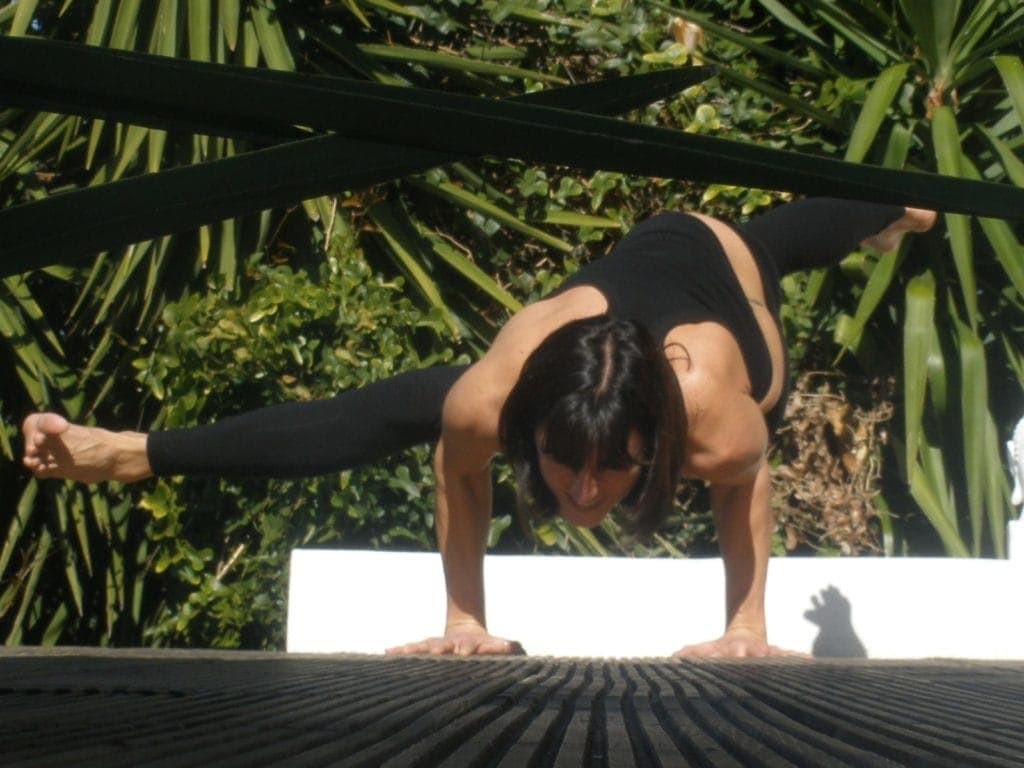Ten Top Tips For Better Breathing

If you are a yogi or a yogini, you´ll understand that your breath and posture practise go hand in hand. The breath can help bring your practise and your postures to life, making them airy, light and buoyant. Conversely, if you´re struggling in a posture, this will also be reflected in the quality of your breath. An awareness of the breath helps develop awareness of our practise and of our current state of mind.
The Hatha Yoga Pradipika, a classical yoga reference, states that when the breath wanders, the mind also is unsteady, but when the breath is calmed the mind too will be still, and the yogi achieves long life. If you think for a minute about how dogs, and conversely, how tortoises breathe, then maybe the quality or speed of the breath has something to do with how long we live.
On a day-to-day basis, most of us do not give the breath a second thought, we breath shallowly and only use a small part of our lung capacity. We are unaware of the vast array of benefits that conscious breathing can bring. Just as you eat to stay healthy and drink lots of water to stay hydrated, improving the way you breathe, will help keep your respiratory system strong and vibrant.
The benefits of slow, deep breathing are numerous and include a reduction in your blood pressure, a slower heart rate so less stress on your heart, and reduced anxiety caused by the extra flow of oxygen to the brain. Practise the following steps for just a few minutes a day, and you will also enjoy better digestion, increased energy levels, and brighter, younger-looking skin.
- Breathe through the nose throughout.
- On your next exhale, take time to exhale, emptying all the air from the lungs. Pause gently for a moment – this creates a more peaceful and calm approach to your next breath.
- On the inhalation, be calm and relaxed. Relax your tummy, and slowly, like an expanding accordion, let the wave of the breath move up your body. Let the tummy lift, then continue inhaling and feel your ribcage expand in all directions. Inhale a little more until the breath touches the collar bones. See if you can expand the tummy a little more toward the end of the breath too.
- At the end of the inhalation, try to make the air reach every part of the lungs evenly. Feel your collar bones spread. Feel your chest and armpits lift. (Remember that this is a practise and takes time and patience.)
- Explore the sensations when your lungs are full then pause gently, without tensing the body, to allow for a slow and smooth transition into your next exhalation. Focus on making the sound smooth. The smoother the sound the better.
- Again, rest for a mini-moment after your exhalation. Make the transitions between your breaths smooth and unhurried. Feel what happens. Be curious and interested about what´s happening.
- A good breathing cycle is performed when each part of your breath, the transition’s too, are calm, smooth and harmonious.
- You could try visualising an oval shape, like a rugby ball in your mind´s eye. As you inhale follow the breath across the top of the oval shape, then at the end of the breath, make a smooth transition and follow the breath around the edge of the shape. Transition smoothly into the next exhale then as you exhale, follow the breath along the bottom of the oval shape, and at the opposite edge, make a smooth transition into the next breath.
- Focus on a smooth sound throughout. Meditate on the calming sounds of your own breath cycle and rhythm. The more you can relax when performing breathing techniques the better, and always stop if you feel faint or dizzy.
- Practise for just ten minutes each day and if you´re feeling stressed or are finding it hard to sleep. Afterwards, be aware of the calmness that you feel. Teach these tips to your family and friends.
